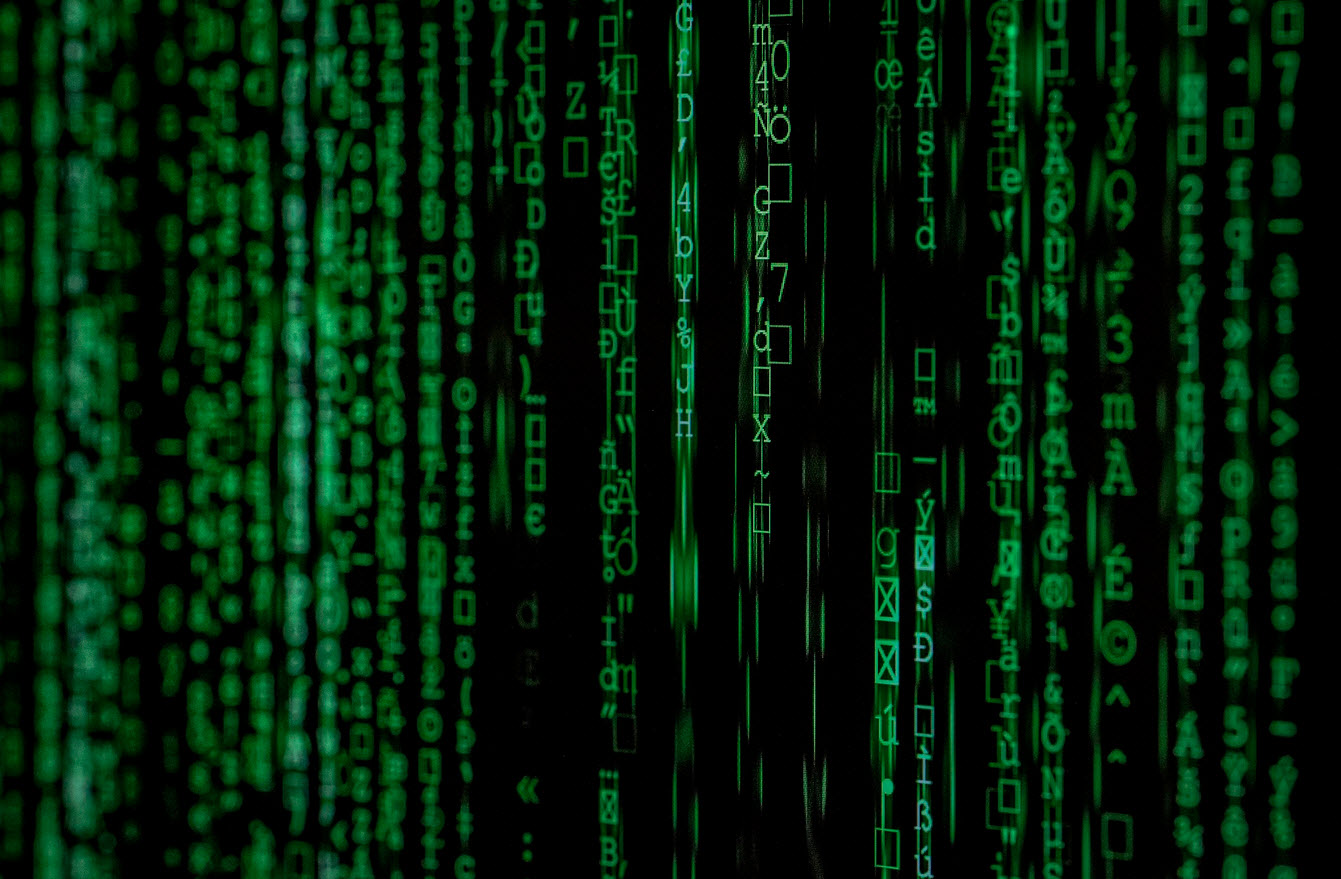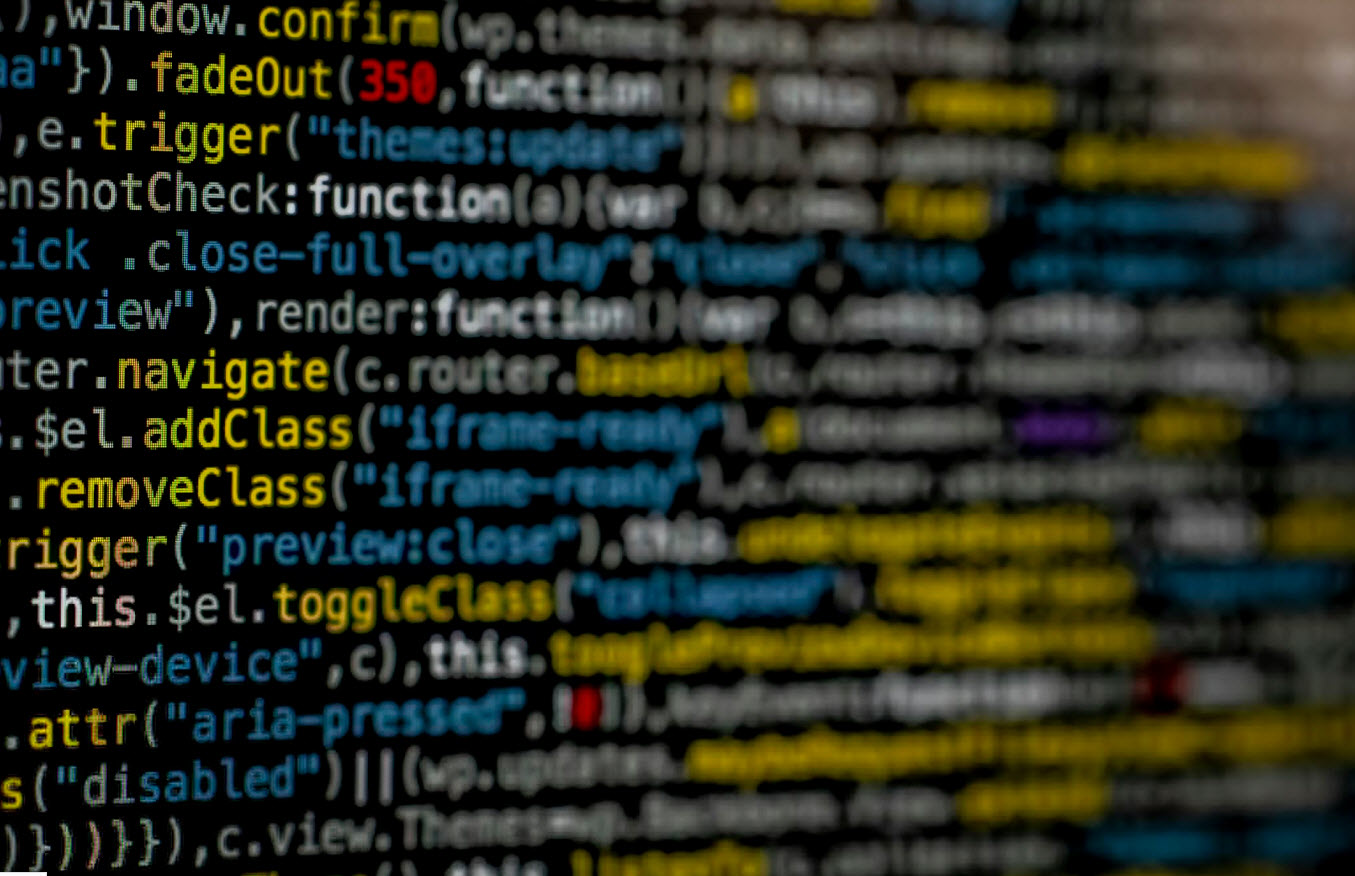
In today’s digital age, cybercrimes and incidents are on the rise, making digital forensics an essential field in cybersecurity. Digital forensics involves the identification, preservation, collection, and analysis of digital evidence to investigate and prosecute cybercrimes.
This article will provide an overview of digital forensics, its importance, key processes, and the tools and techniques used in this field.
What is Digital Forensics?
Digital forensics is the scientific process of identifying, preserving, collecting, and analyzing digital evidence from various sources, such as computers, mobile devices, and networks. The primary goal is to uncover information that can be used to solve cybercrimes, including hacking, data breaches, fraud, and other malicious activities.
Importance of Digital Forensics
Digital forensics plays a crucial role in cybersecurity for several reasons:
1. Evidence Collection: Digital forensics ensures that digital evidence is collected in a manner that is admissible in court. This involves following strict protocols to maintain the integrity of the evidence.
2. Incident Response: In the event of a cyber incident, digital forensics helps organizations understand what happened, how it happened, and how to prevent it from happening again.
3. Prosecution: Digital evidence collected through forensics can be used to prosecute cybercriminals, helping to bring them to justice.
4. Compliance: Many industries have regulatory requirements for data protection and incident response. Digital forensics helps organizations comply with these regulations.
Key Processes in Digital Forensics
The digital forensics process typically involves several key steps:
1. Identification: Identifying potential sources of digital evidence. This could include computers, servers, mobile devices, and network logs.
2. Preservation: Ensuring that the digital evidence is preserved in its original state to prevent tampering or alteration. This often involves creating a forensic copy of the data.
3. Collection: Collecting the digital evidence using specialized tools and techniques. This step must be done carefully to ensure the integrity of the evidence.
4. Examination: Analyzing the collected evidence to uncover relevant information. This may involve examining file systems, memory dumps, and network traffic.
5. Analysis: Interpreting the findings from the examination phase to draw conclusions about the incident. This step often involves correlating data from multiple sources.
6. Reporting: Documenting the findings and presenting them in a clear and concise manner. This report may be used by law enforcement, legal teams, or internal stakeholders.
Tools and Techniques in Digital Forensics
Digital forensics relies on a variety of tools and techniques to collect and analyze evidence. Some of the most commonly used tools include:
1. EnCase: A comprehensive forensics tool used for analyzing hard drives, memory, and mobile devices. It provides a user-friendly interface and powerful analysis capabilities.
2. FTK (Forensic Toolkit): Developed by AccessData, FTK is a popular tool for analyzing disk images, memory dumps, and network traffic. It offers a wide range of features for evidence collection and analysis.
3. Autopsy: An open-source digital forensics platform that provides a graphical interface for analyzing disk images and other digital evidence. It is highly customizable and integrates with various other tools.
4. Wireshark: A network protocol analyzer used to capture and analyze network traffic. It is essential for investigating network-based attacks and understanding network behavior.
5. Volatility: A memory forensics framework used to analyze volatile memory (RAM) dumps. It is particularly useful for investigating malware and other memory-resident threats.
Challenges in Digital Forensics
Despite its importance, digital forensics faces several challenges:
1. Volume of Data: The sheer volume of digital data can make it difficult to identify and analyze relevant evidence. Advanced techniques and tools are needed to handle large datasets efficiently.
2. Encryption: Encrypted data can be challenging to analyze, as forensic tools may not have the necessary decryption keys. This can complicate the investigation process.
3. Anti-Forensics: Cybercriminals often use techniques to hide their activities, such as deleting logs, modifying timestamps, or using encryption. Digital forensics experts must stay ahead of these tactics.
4. Legal and Ethical Considerations: Digital forensics must adhere to legal and ethical guidelines to ensure the evidence is admissible in court. This includes obtaining proper authorization and maintaining the chain of custody.
Conclusion
Digital forensics is a critical component of cybersecurity, playing a vital role in investigating and prosecuting cybercrimes. By following a structured process and using specialized tools and techniques, digital forensics experts can uncover valuable evidence that helps organizations respond to incidents and bring cybercriminals to justice.
As cyber threats continue to evolve, the importance of digital forensics will only grow, making it an essential skill for cybersecurity professionals.








